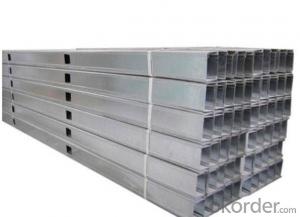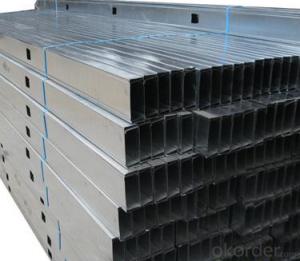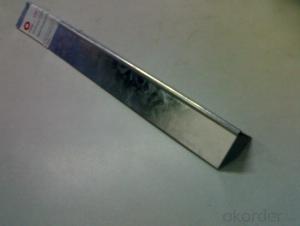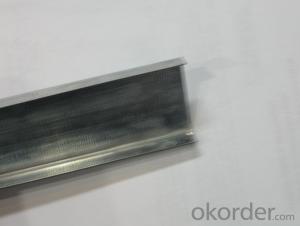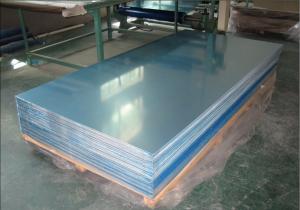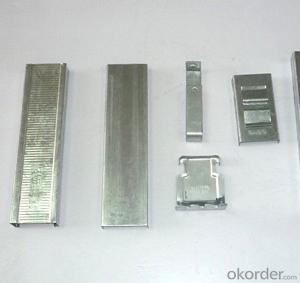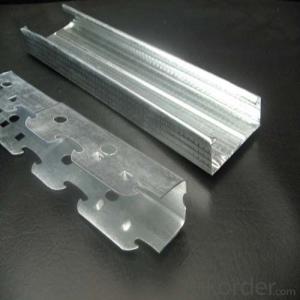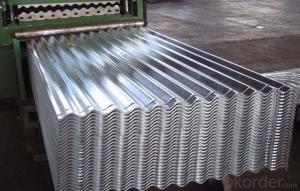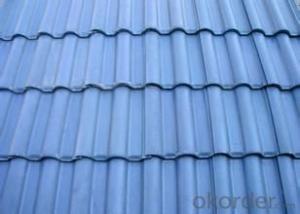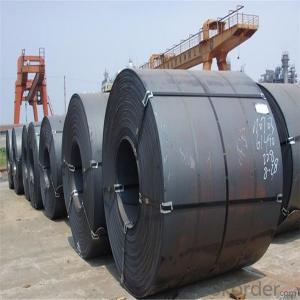18 Gauge Galvanized Sheet Metal
18 Gauge Galvanized Sheet Metal Related Searches
Best Paint For Stainless Steel Paint For Galvanized Steel Steel Frames For Furniture Self Tapping Screws For Steel Surface Grinding Wheels For Hardened Steel Hole Saw For Stainless Steel Paint For Stainless Steel Stainless Steel For Bbq Step Bit For Stainless Steel Sponge For Stainless SteelHot Searches
Used Metal Folding Chairs For Sale Large Metal Containers For Sale Metal Shop Cabinets For Sale Metal Shipping Crates For Sale Galvanized Steel Scrap Price Fiber Sheet Price In India Galvanized Steel Prices Plastic Fiber Sheet Price Upvc Roofing Sheet Manufacturer In India China Geomembrane Roll Sheet Lasani Wood Sheet Price Rhino Roofing Sheet Price List Tinplate Sheet Price Mdf Price Per Sheet 4Mm Mdf Sheet 1220X2440Mm Price Grp Sheet Price Aluminum Sheet Stock Sizes Cost Of 4X8 Sheet Of Plywood Cost Of Drywall Per Sheet Buy Sheet Plastic18 Gauge Galvanized Sheet Metal Supplier & Manufacturer from China
Okorder.com is a professional 18 Gauge Galvanized Sheet Metal supplier & manufacturer, offers integrated one-stop services including real-time quoting and online cargo tracking. We are funded by CNBM Group, a Fortune 500 enterprise and the largest 18 Gauge Galvanized Sheet Metal firm in China.Hot Products
FAQ
- Yes, steel sheets are suitable for architectural applications due to their durability, strength, and versatility. They can be used for roofing, cladding, facades, and structural elements in various architectural designs.
- Steel sheets perform well in high-wind areas due to their strength and durability. They have high tensile strength and can withstand the strong forces exerted by the wind, minimizing the risk of damage or structural failure. Additionally, steel sheets are resistant to warping and buckling, ensuring the integrity of the structure even under extreme wind conditions.
- Steel sheets have excellent energy efficiency performance due to their high thermal conductivity, which allows for efficient heat transfer. Additionally, steel sheets are often used in construction for their insulating properties, reducing energy consumption for heating and cooling.
- Yes, steel sheets can be used for manufacturing signage or advertising boards. Steel sheets are durable, weather-resistant, and can be easily customized with various finishes and coatings. They provide a sturdy base for signage and can withstand outdoor elements, making them a popular choice for outdoor advertising.
- Yes, steel sheets are suitable for earthquake-prone regions. Steel is known for its strength and durability, making it an excellent choice for construction in areas prone to seismic activity. Steel sheets can absorb and distribute the forces generated during an earthquake, reducing the risk of structural damage and collapse. Additionally, steel structures can be designed to flex and bend, allowing them to withstand the shaking caused by earthquakes without significant damage.
- Steel sheets are available in a variety of sizes to meet the diverse needs of different industries and applications. The common sizes of steel sheets can vary depending on the manufacturer and the specific requirements of the customer. However, there are some standard sizes that are widely available in the market. The most common sizes of steel sheets include: 1. 4 feet by 8 feet: This is one of the most popular sizes and is widely used in construction, manufacturing, and automotive industries. It provides a large surface area for various applications, including roofing, siding, and fabrication. 2. 4 feet by 10 feet: This size is similar to the 4 feet by 8 feet sheets but offers a larger surface area, making it suitable for larger projects that require more material. 3. 5 feet by 10 feet: This size provides an even larger surface area than the 4 feet by 10 feet sheets, making it ideal for industrial applications that require extensive coverage. 4. 6 feet by 12 feet: This is a larger size that is commonly used in heavy-duty applications, such as shipbuilding, construction of large structures, and industrial machinery. It's important to note that these are just some of the common sizes available, and there are many other sizes offered by manufacturers to cater to specific requirements. Additionally, steel sheets can also be custom-cut to fit specific dimensions, allowing for greater flexibility and tailoring to individual project needs.
- Yes, steel sheets are suitable for interior wall cladding. They provide a durable and modern aesthetic, are resistant to moisture and fire, and can be customized to fit various design styles.
- The defense industry commonly utilizes steel sheets, as they are a versatile and strong material. For many years, steel has been employed in various defense applications. Armored vehicles, tanks, naval ships, and aircraft carriers are all manufactured using steel sheets. These sheets offer exceptional protection against ballistic threats like bullets and shrapnel, owing to their durability and high strength. Moreover, steel sheets can reinforce buildings and structures in military bases, enhancing security and protection. In addition, defense equipment, including weapons, ammunition, and missile components, are produced using steel sheets. Overall, steel sheets are crucial in the defense industry, as they provide reliability and resistance against high impact forces.






